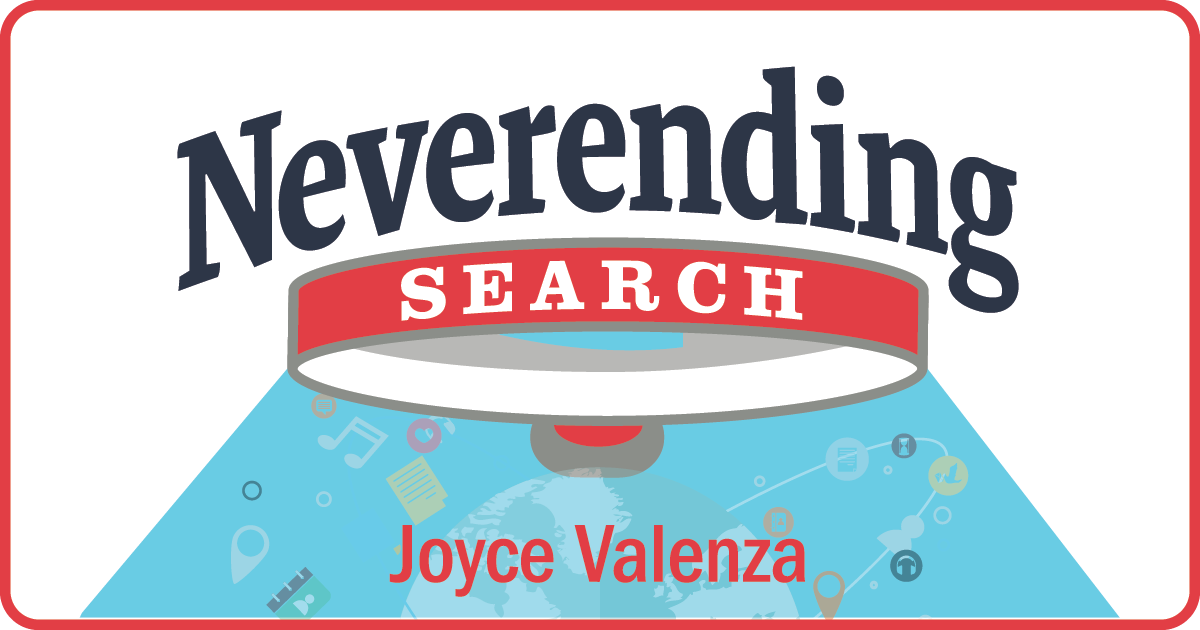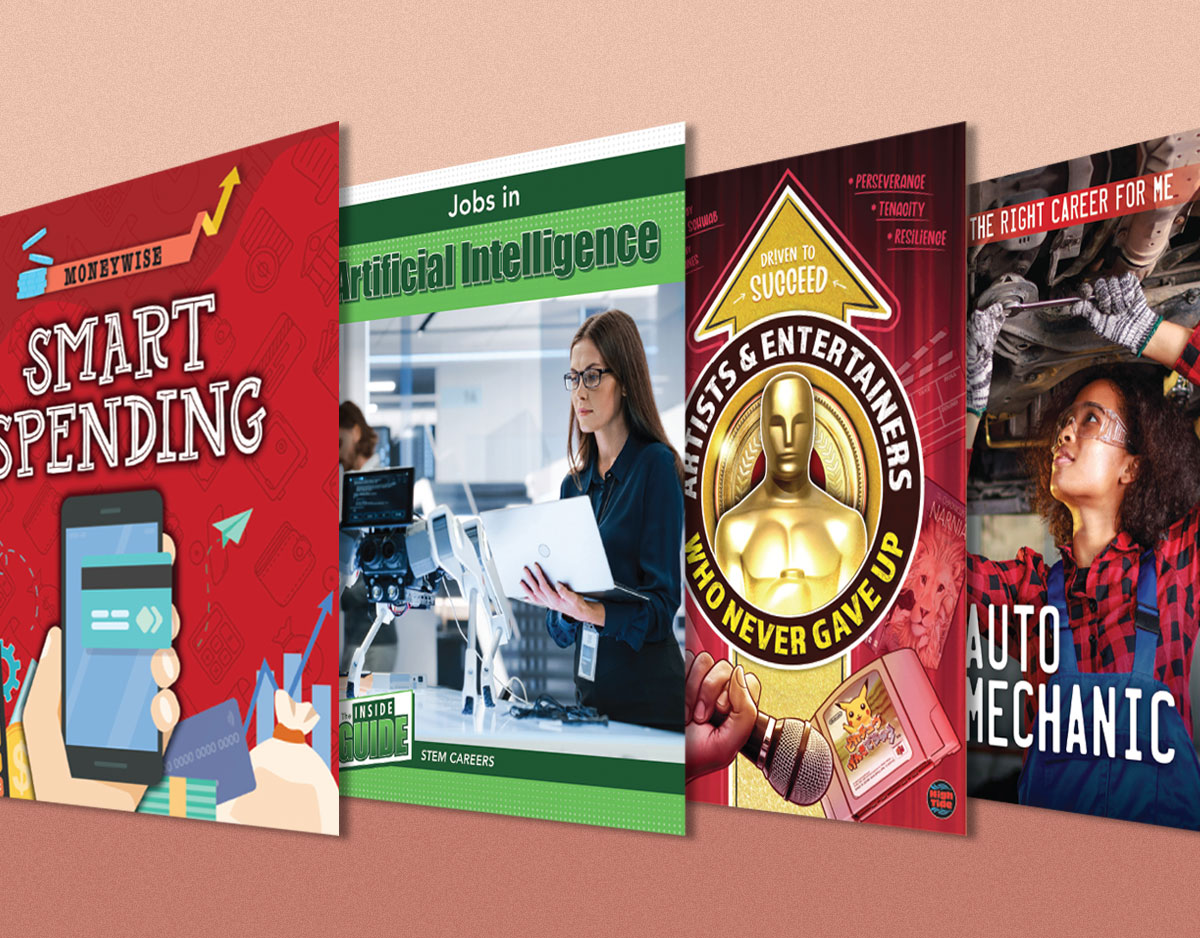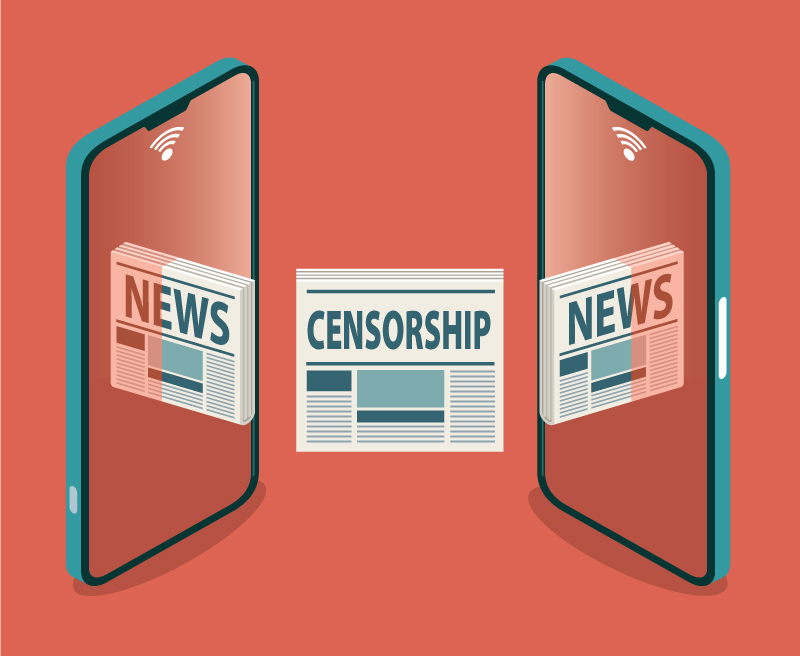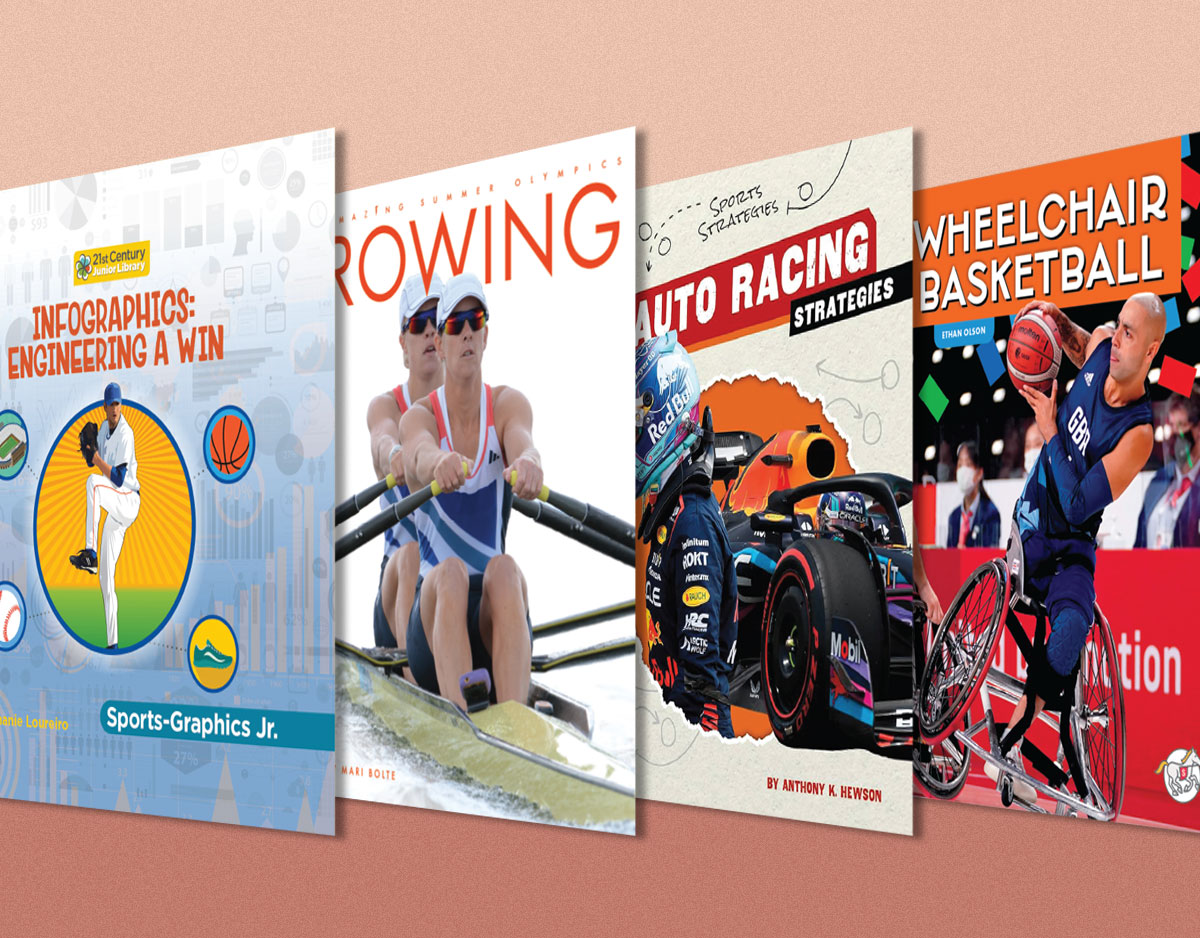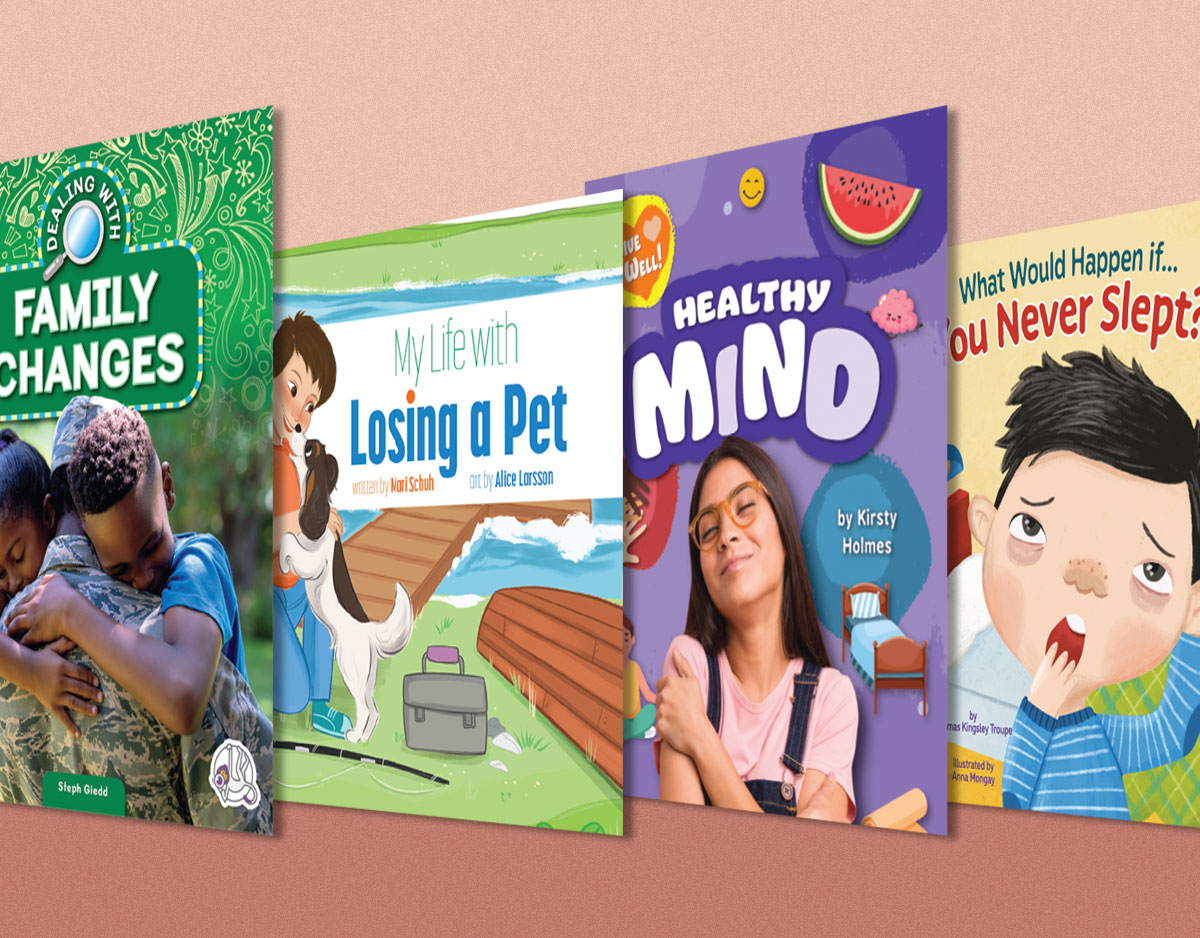SCROLL DOWN TO READ THE POST
Reading is Self-Care

I suppose it’s something we simply know. But I suspect it’s something we don’t explicitly teach. Reading is more than an enjoyable and enriching experience.
Reading is self-care.
At a time when they don’t see their friends . . . At a time when some are reluctant to turn their cameras on and share their faces . . . At a time wehn we really can’t tell how they’re doing . . .perhaps it’s the right time to recognize the power we have to help kids help themselves.
Monisha Blair, one of my graduating LIS field experience students, created a powerful lesson for middle school advisory students that woke me up to a power we might not be framing all that well for our students.
ADVERTISEMENT
ADVERTISEMENT
Her interactive lesson is at once a check-in, an empathy vehicle, a self-help adventure, and a book-tasting experience.
As we say goodbye to our kiddos and the holiday season begins, I thought I might share Monisha’s inspiring reflection on one of her teaching experiences in the hopes that your children might embrace an even broader rationale for developing the reading habit.
Monisha shares:
Social and emotional learning has been an increasing focus in education in the past 20 years, but 2020 has shown it as an imperative.

Social distancing, virtual school, and disrupted schedules and activities mean that the heart of young people’s social interactions – at school – are far different than they were a year ago.
As COVID cases rise, we see the death toll climb to staggering numbers each day. Along with it, joblessness, food insecurity, and evictions affect more Americans than ever. We are living in a state of collective trauma. Studies suggestion that lack of social interaction and physical activity can lead to depression, social withdrawal, anxiety, feelings of hopelessness. Mental health concerns are on the rise.
So how do we deal with all of this stress?
To avoid burnout, self-care is critical. For many, the idea of self-care focuses on getting more sleep, eating more nutritious foods, exercise, and getting outside.
Young people may not have the tools they need to put self-care strategies into practice.
I recently had the opportunity to design an advisory lesson for middle schoolers, where we asked students how they destress. The conversations that ensued were not only a way for teachers to check-in with students but provided a forum for students to candidly share how they are responding to challenges at school and in life.
One of the ways that educators and parents can encourage self-care is by advocating for spending time reading. Though it may not make many lists when you search for self-care practices, reading is self-care. Regardless of platform–print, audio, digital–all forms of reading can contribute to healthier, happier lives.
According to the study Stress Management Strategies For Students: The Immediate Effects Of Yoga, Humor, And Reading On Stress in the Journal of College Teaching and Learning, 30 minutes of reading can reduce stress as much as the same time spent doing yoga or watching a humorous video.
Research from the University of Sussex, and shared in HuffPost, found that even six minutes of reading can lower heart rates and ease muscle tension. Reading could even make you live longer, according to a study from Yale University School of Public Health. They found that reading for 30 minutes each day could add two years to your life. These benefits don’t even take into account the academic advantages of reading.
ADVERTISEMENT
ADVERTISEMENT
Kids need access to books before they can read them and access to books looks different now. While school and public libraries may offer curbside pick-up, not all students have easy access to transportation and so, access to digital content becomes even more critical.
It is important to remind young people of their many options and to introduce them to navigating digital catalogs and the world of placing digital holds.
We need to ensure kids and their parents are well aware of library services such as Epic, MackinVIA, Overdrive’s Libby (for public libraries) and Sora (for school libraries), Cloud Library, MyOn, Tumblebooks, or other library platforms. Many public libraries now partner with school libraries to set students up with library cards or offer digital-only library cards to increase equity and access.
It’s about choice. The goal is not to assign reading but to provide an opportunity to escape through literature. Kids will be more likely to spend time, and more time, reading if they are reading something they want to read.
Without the ability to physically browse, librarians’ book talks, tastings, and trailers carry more weight than ever. Best of lists are one place to start, as are book lists focused on high-interest, diverse reads such as the Project LIT Community book clubs and the #ReadWoke challenge list. Pointing students to resources that will help them independently discover books is also key, such as YALSA’s Teen Book Finder, blogs such as Book Riot or Epic Reads, and podcasts such as Book Club for Kids, Bookmarked, Hey YA, and What to Read Next.
Most importantly, though, students should know that they have a trusted librarian who is happy to help and invested in their reading success.
Filed under: reading, social and emotional learning, students, technology
About Joyce Valenza
Joyce is an Assistant Professor of Teaching at Rutgers University School of Information and Communication, a technology writer, speaker, blogger and learner. Follow her on Twitter: @joycevalenza
ADVERTISEMENT
SLJ Blog Network
Name That LEGO Book Cover! (#53)
Cover Reveal and Q&A: The One and Only Googoosh with Azadeh Westergaard
Exclusive: Vol. 2 of The Weirn Books Is Coming in October | News
Take Five: Middle Grade Anthologies and Short Story Collections
The Classroom Bookshelf is Moving
ADVERTISEMENT
ADVERTISEMENT

